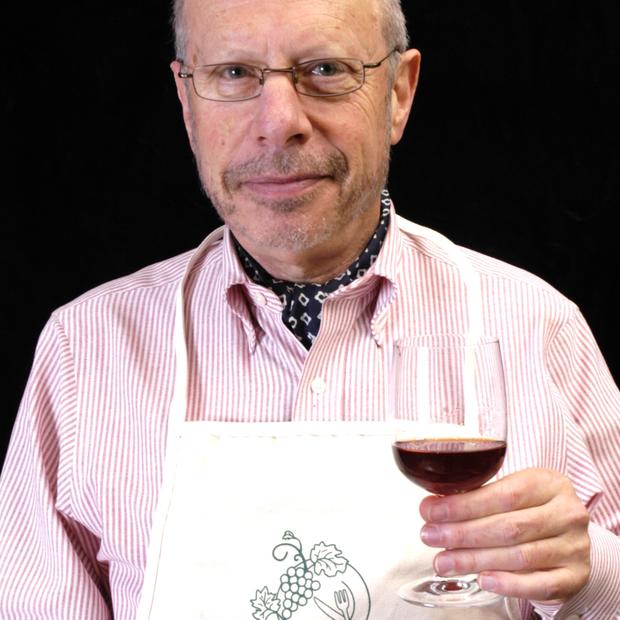Richmond, B.C. — Terra Nova is a 100-acre city park just across the Middle Arm of the Fraser River from the Vancouver airport. Most of the land is a wildlife and nature preserve, but a third of it is devoted to urban agriculture. (A farm surrounded by housing isn't unusual in Richmond, by the way; there are 250 farms inside the municipality. King County has a total of 50.)
Ian Lai, an environmental educator who also teaches professional students at the Northwest Culinary Academy in Vancouver, runs the farm school and related operations here with infectious enthusiasm and a sort of Swiss-Family-Robinson resourcefulness: the farm teaches grade schoolers about gardening and agriculture. Each kid gets 6 square feet to grow fava beans, for example. There are p-patches for individuals ($40 a year to rent a 9-by-27 foot space), larger plots for community organizations and food banks, and an innovative program to involve restaurant cooks in the maintenance of the property.
The closest thing in Seattle, aside from the Beacon Hill Food Forest (described last week on Crosscut), is the much smaller cooperative farm called 21 Acres in Woodinville, currently building a Green Center for Local Food and Sustainable Living.
Lai was once a chef himself, so he understands what a lot of people prefer not to talk about. Restaurant kitchens — not all of them, to be sure, but many, many — are staffed by overworked and underpaid cooks who don't really know (or particularly care) where food comes from, except "through the back door and out of a box." The result is what Lai calls "angry food."
So, to replace the ignorance and frustration he encountered with his professional students, Lai began teaching respect and appreciation for the land and its abundance.
Six years ago, he founded the Richmond Schoolyard Society, originally so his young daughter and her classmates could learn about food by growing food; the program has since taken off and now serves 500 children citywide, and Richmond's most celebrated chefs have joined his board of directors. There are Mason Bees in the orchards, and flour to grind into wheat that gets baked in a handmade oven. Visitors harvest edible wild greens ("they're not weeds, just another form of money").
Lai recylces and resuses almost everything; he'll pickle surplus mustard greens and make wine from the dandelions. Even the meadow of ranunculus — bitter, mildly poisonous — has its purpose: they're a carpet of beautiful buttercups.


